A well-targeted approach and a personalized outreach brought impressive results to a Labor Inspectorate campaign aimed at enhancing workplace safety. Thousands of employers participated by conducting risk assessments, ultimately creating safer working environments.
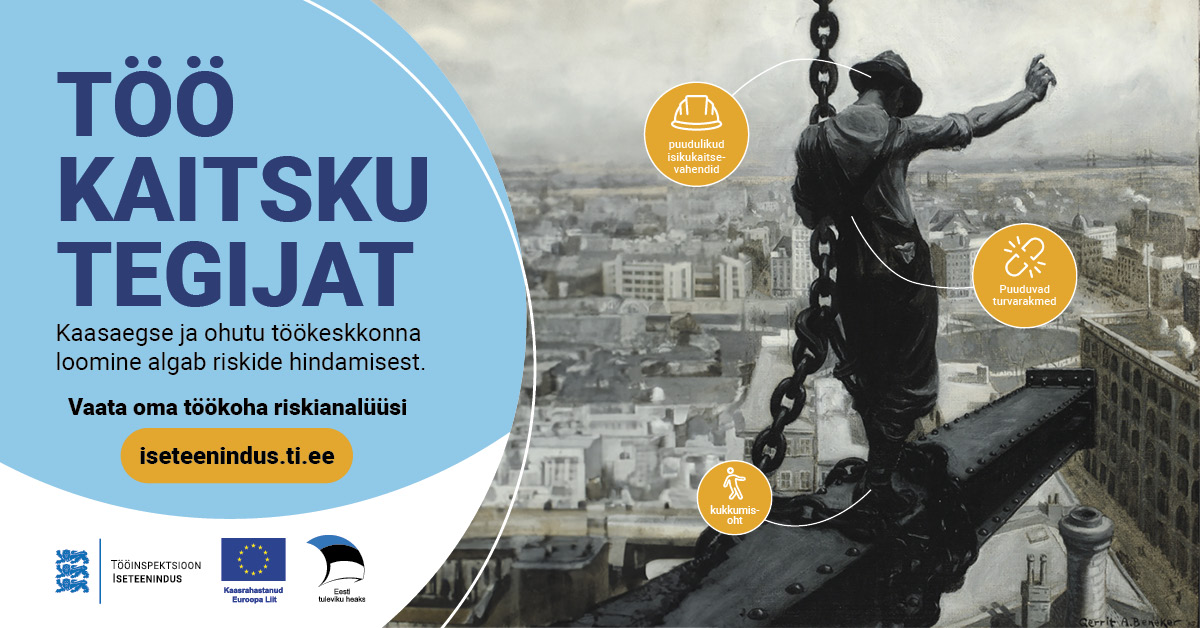
Background
The Estonian Labor Inspectorate (TI) supports companies and employees in ensuring clear labor relations and fostering safe, healthy workplaces. TI settles labor disputes, inspects workplace safety, as well as provides free resources for companies, including tools to assess workplace risks, report work accidents, and communicate with labor inspectors.
Since 1999, all Estonian companies with at least one employee have been required to prepare and submit a workplace risk analysis to TI. Despite this, many employers have not fulfilled this requirement, either due to lack of awareness or other reasons. To address the issue, last autumn, TI decided to organize three awareness campaigns. Hundred Agency, winner of the TI’s tender, participated in the development and implementation of the campaigns. In addition, a style guide was created for TI and a video introducing the self-service platform was produced.
Goals
The campaigns, held in late 2023, spring, and late summer of 2024, aimed to increase awareness of occupational safety, accident prevention, and employers’ obligation to ensure a safe working environment. To reach a more practical goal of completing risk assessments via the TI self-service platform, entrepreneurs, and particularly managers of micro-enterprises, were encouraged to fulfill their obligation.
Solution
Hundred Agency and its partners developed distinct creative solutions for each campaign, employing a mix of media channels—outdoor, digital, radio, PR, and influencers.
1st Campaign: “The Best Christmas Gift for Your Employees: A Risk Analysis!”
The late 2023 campaign emphasized the importance of risk analysis using the example of Santa Claus to illustrate workplace risks across professions. Santa Claus called Volli, Member of the Board of the Estonian Society of Santa Clauses, participated as an influencer, encouraging employers to submit a risk analysis as a holiday gift to employees.
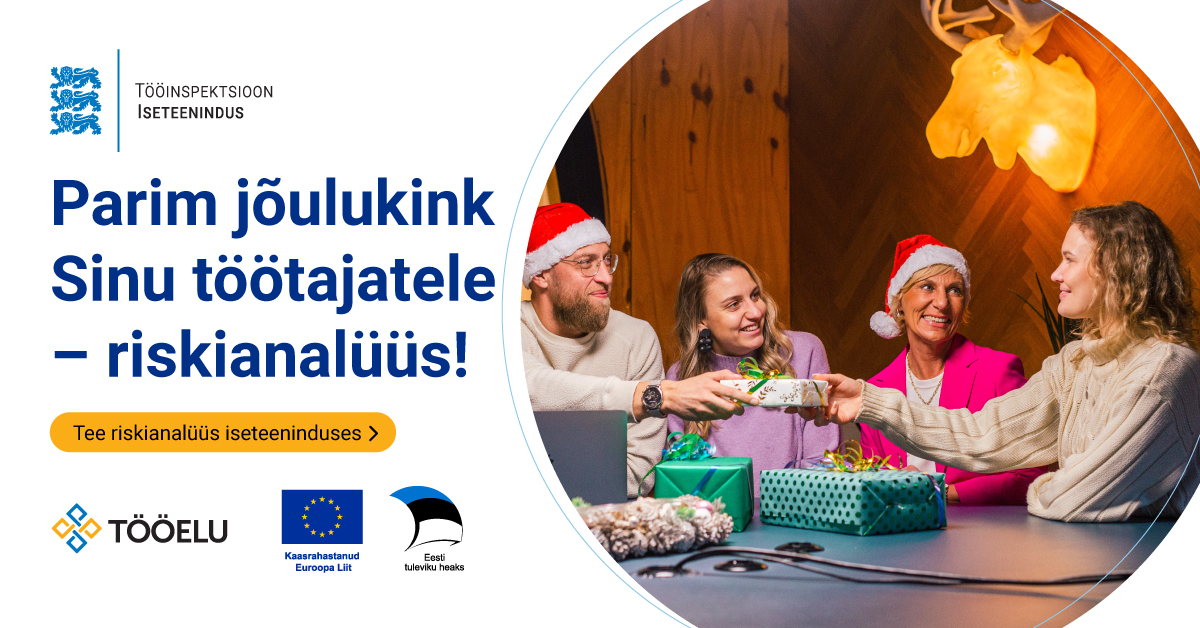
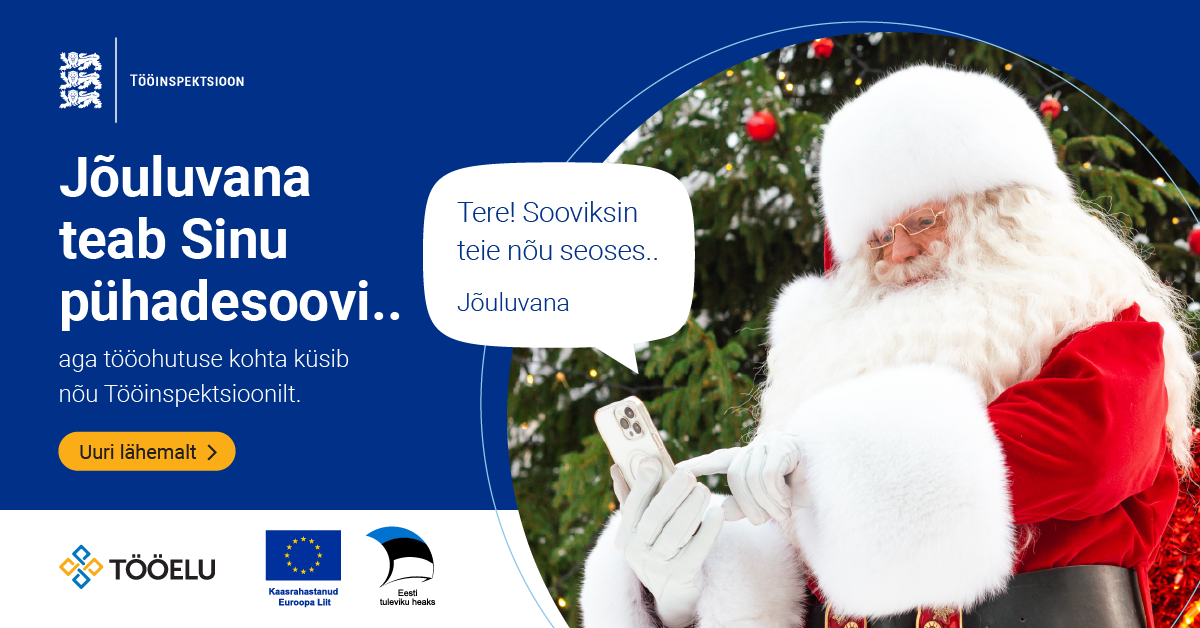
2nd Campaign: “Let the Work Protect Who’s Doing It!”
The spring 2024 campaign invoked a familiar Estonian saying to appeal to employees, urging them to review their workplace’s risk analysis. This campaign used an even wider range of channels to reach its audience and aimed to tap into collective responsibility.
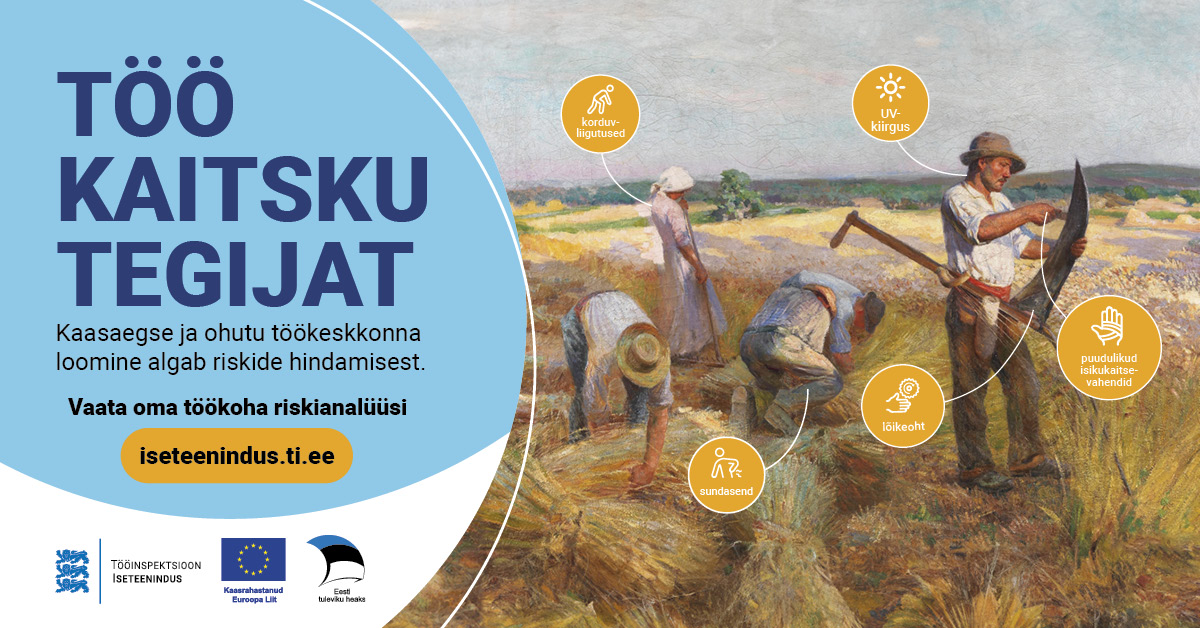

3rd Campaign: “Micro-Entrepreneur, Gambling Isn’t for You!”
Held in late summer 2024, this campaign specifically targeted micro-entrepreneurs, advising them not to gamble with workplace safety, and guiding them to complete their risk assessment at the TI’s self-service platform. Additional outreach included email, directly addressing micro-entrepreneurs with a tailored message.
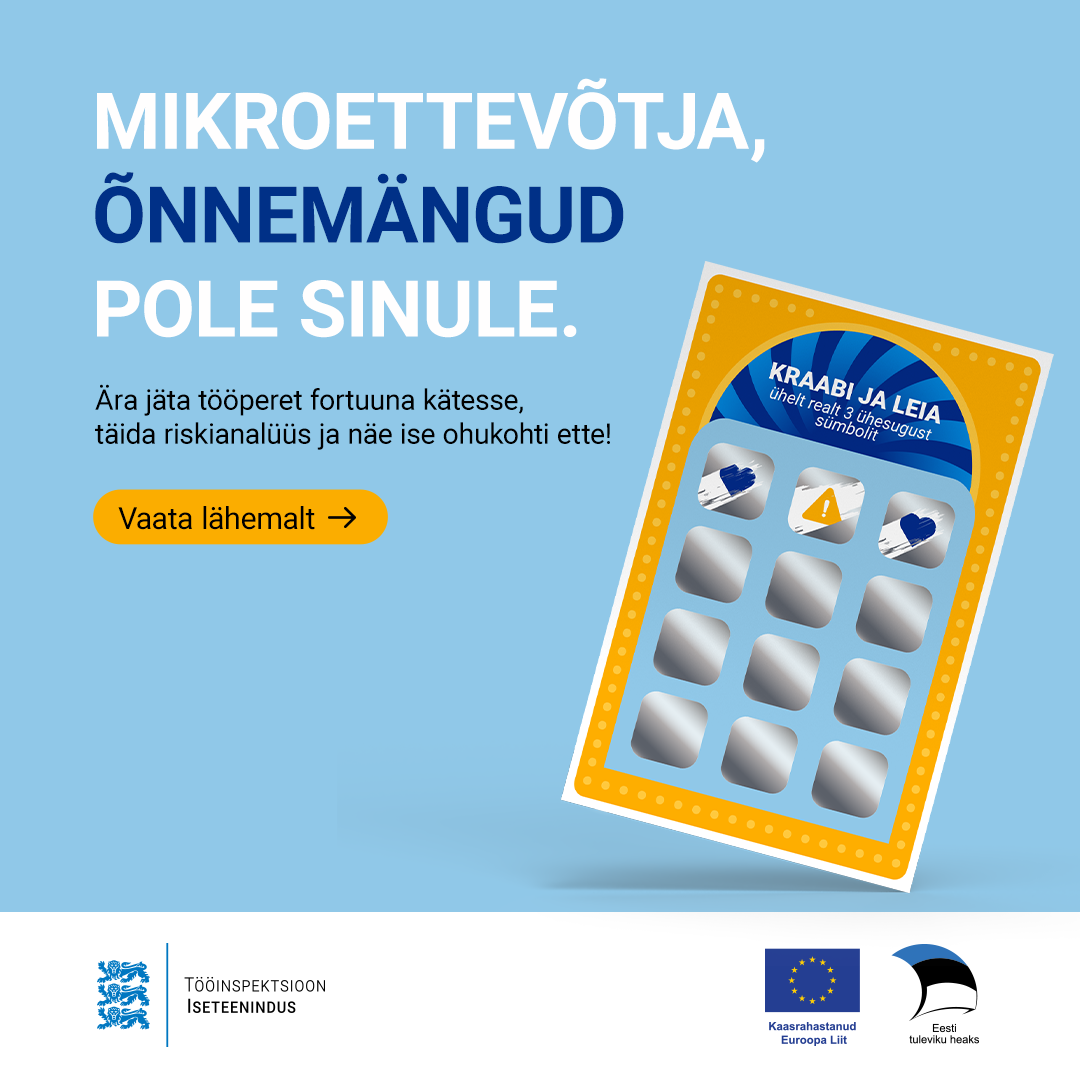
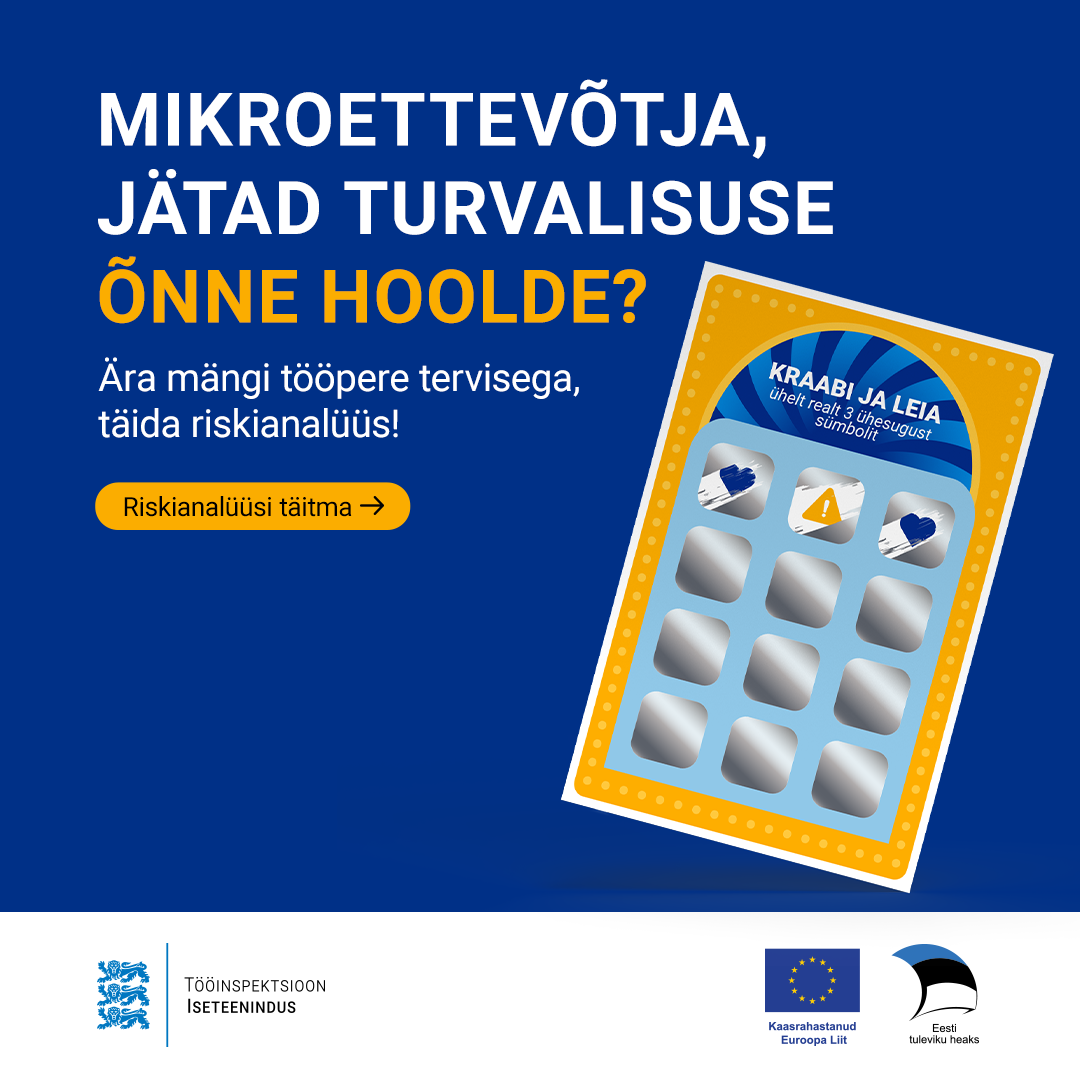
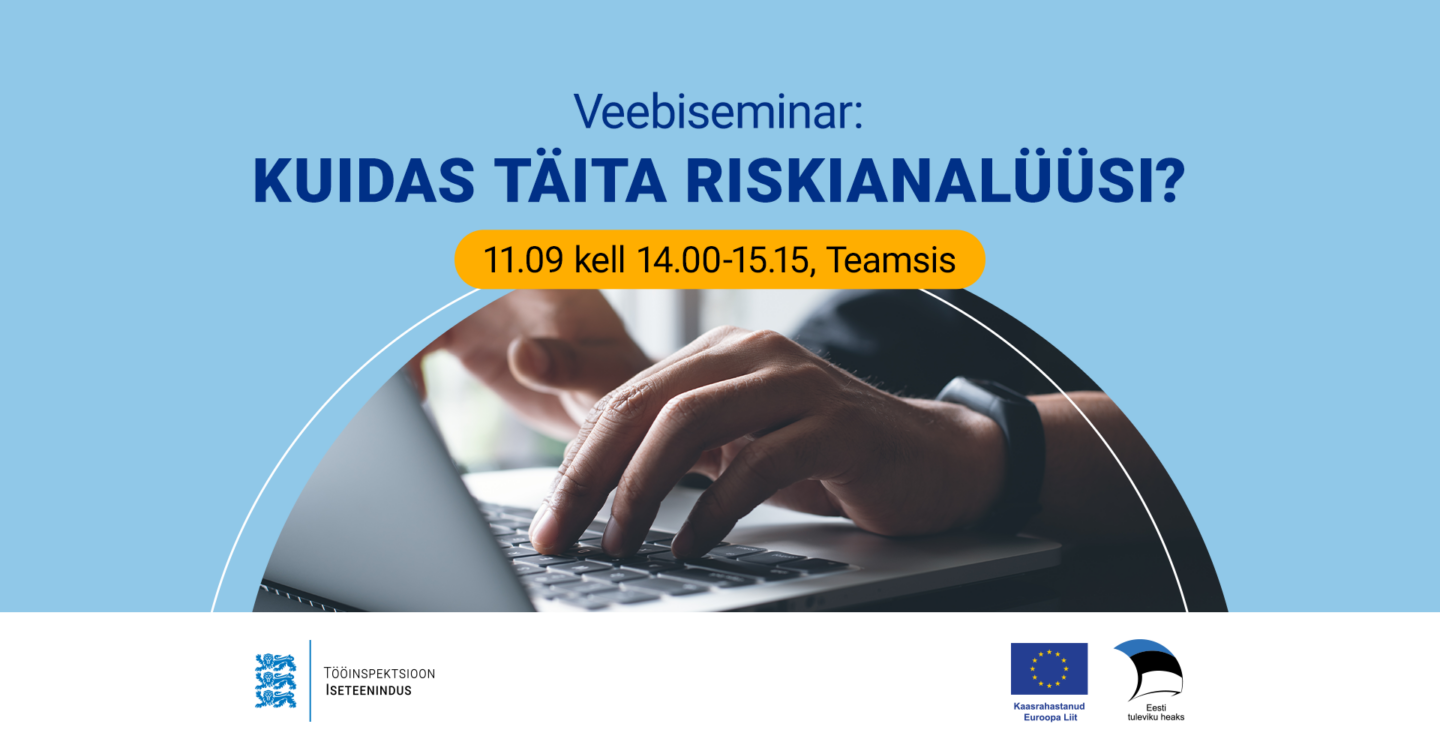
Results
The first two campaigns gained substantial visibility, with extensive media coverage. As a result, risk assessments in December and January increased roughly threefold from the usual monthly average of 300-400 to over a thousand. This peak was partially influenced by TI’s announcement of a list of companies scheduled for inspection. Although activity later tapered off, the number of assessments in early 2024 remained slightly above the previous year’s levels.
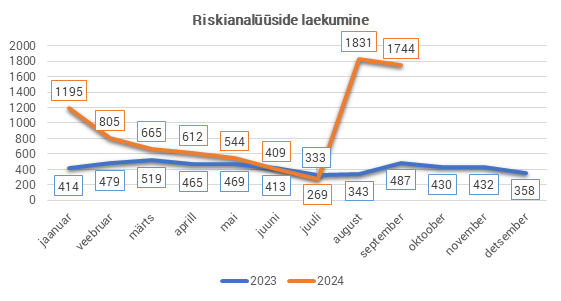
However, the third campaign specifically targeting micro-enterprises proved most effective. At its peak, nearly 900 risk analyses were completed in a single day. In August and September, nearly 3,600 analyses were submitted—about five times the usual rate.
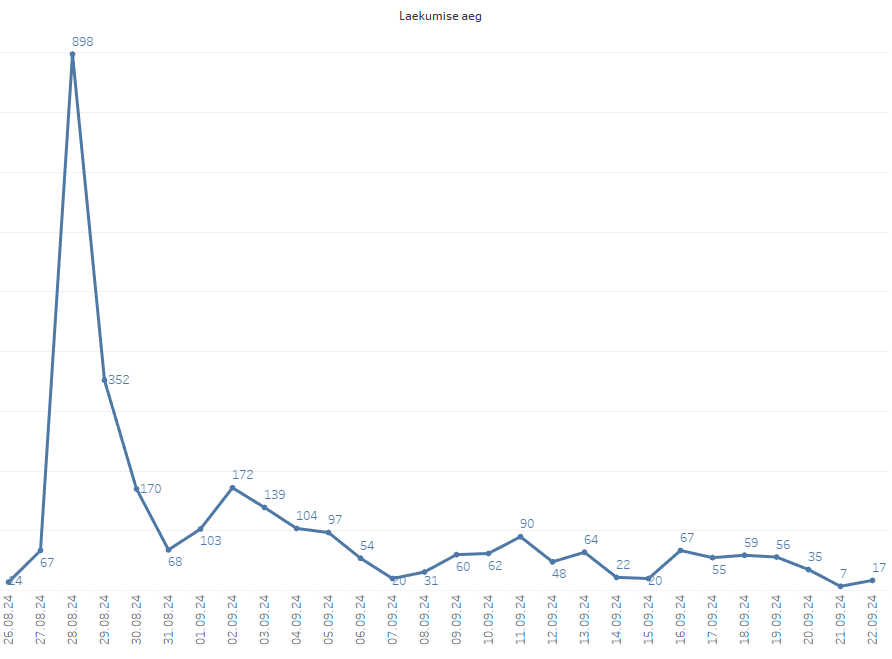
Micro-enterprises accounted for 76% of August’s submissions and 70% in September. Following the campaigns, 41% of micro-enterprises had submitted a risk analysis, up from 34%. While many entrepreneurs have yet to fulfill this obligation, outreach efforts are ongoing.
In addition to advertising and PR activities, as part of the third campaign, TI also hosted a well-received online event, “How to Complete a Risk Analysis”. This session dispelled myths about the complexity of risk analysis, an issue that still requires attention, as many avoid conducting analyses due to fears that the process is difficult and time-consuming. Video of the event, which proves the opposite and offers clear guidance on conducting a risk analysis, can be accessed here: https://www.ti.ee/ennetus-ja-teave/uritused-ja-kampaniad/uritused#2024.
Conclusion
The best results came from targeted outreach, focusing on specific audience needs. Direct communication through mass emails and precise social media targeting (including remarketing) successfully engaged the audience, driving higher engagement and better conversion rates. Myth-busting PR efforts, including radio and TV interviews and the online event, also contributed significantly.
Armed with these insights, we are now positioned to execute even more efficient campaigns in the future.
A Safe Working Environment for All!